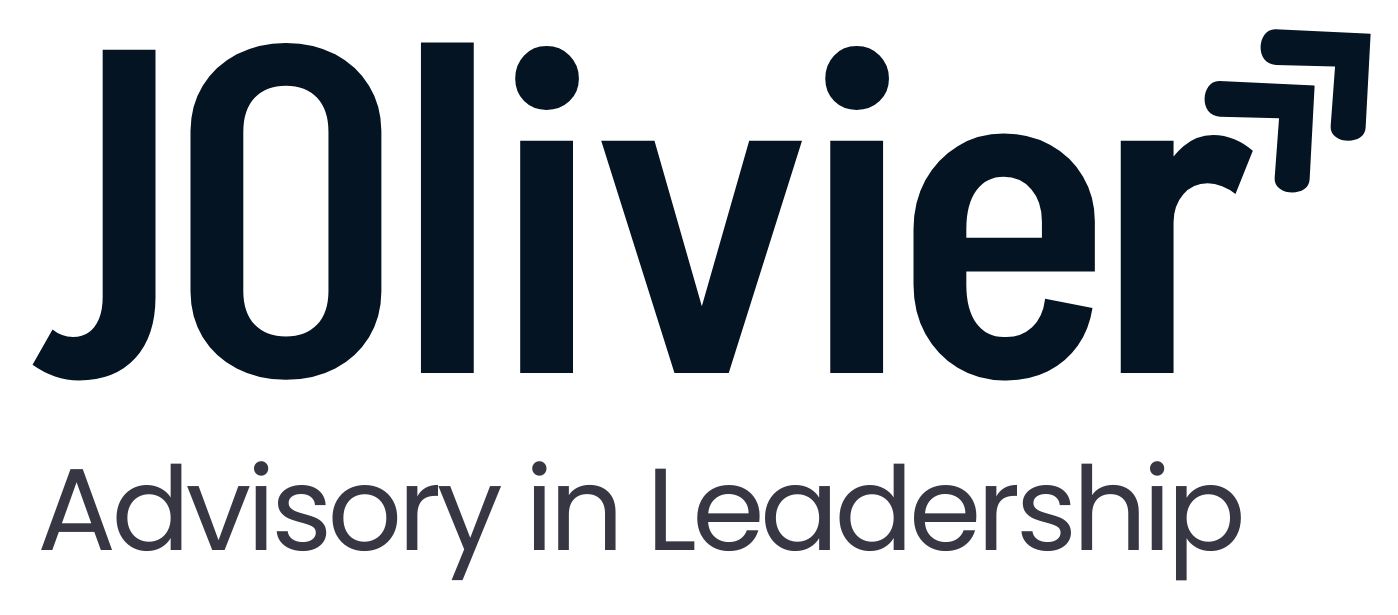Adapt to change: To stay competitive in a dynamic market, especially with new channels (like digital), shifting value propositions, or mergers and acquisitions.
Drive growth: To better execute a business strategy and to reposition the company to seize future opportunities.
Improve efficiency: To optimize current operations, lower costs, and increase utilization of resources.
Increase agility: To become more adaptable to market disruptions and to get new products to market faster.
Embrace new technology: To effectively integrate innovations like AI into the business.
Mission and Purpose: The core reason for the company’s existence.
Governance: How decisions are made and who owns them.
Processes: The workflows that create and deliver value.
Technology: The systems and tools that support operations.
People: The skills, talent, and capabilities required.
Structure: The organizational design and how people are organized.
Culture: The values and mindsets that shape behavior.
Strategic alignment: Ensure the redesigned model directly supports the business strategy and is aligned with the company’s goals.
Structured approach: Use a systematic process that includes discovery, analysis, design, and implementation.
Holistic view: Consider all interconnected elements, not just structure, such as governance, processes, technology, and talent.
Data-driven decisions: Use data and analytics to inform changes and to measure success.
Manage risk: Proactively identify and manage risks associated with the transition.
Focus on flexibility and stability: The new model should be adaptable to change while still delivering consistent value.
